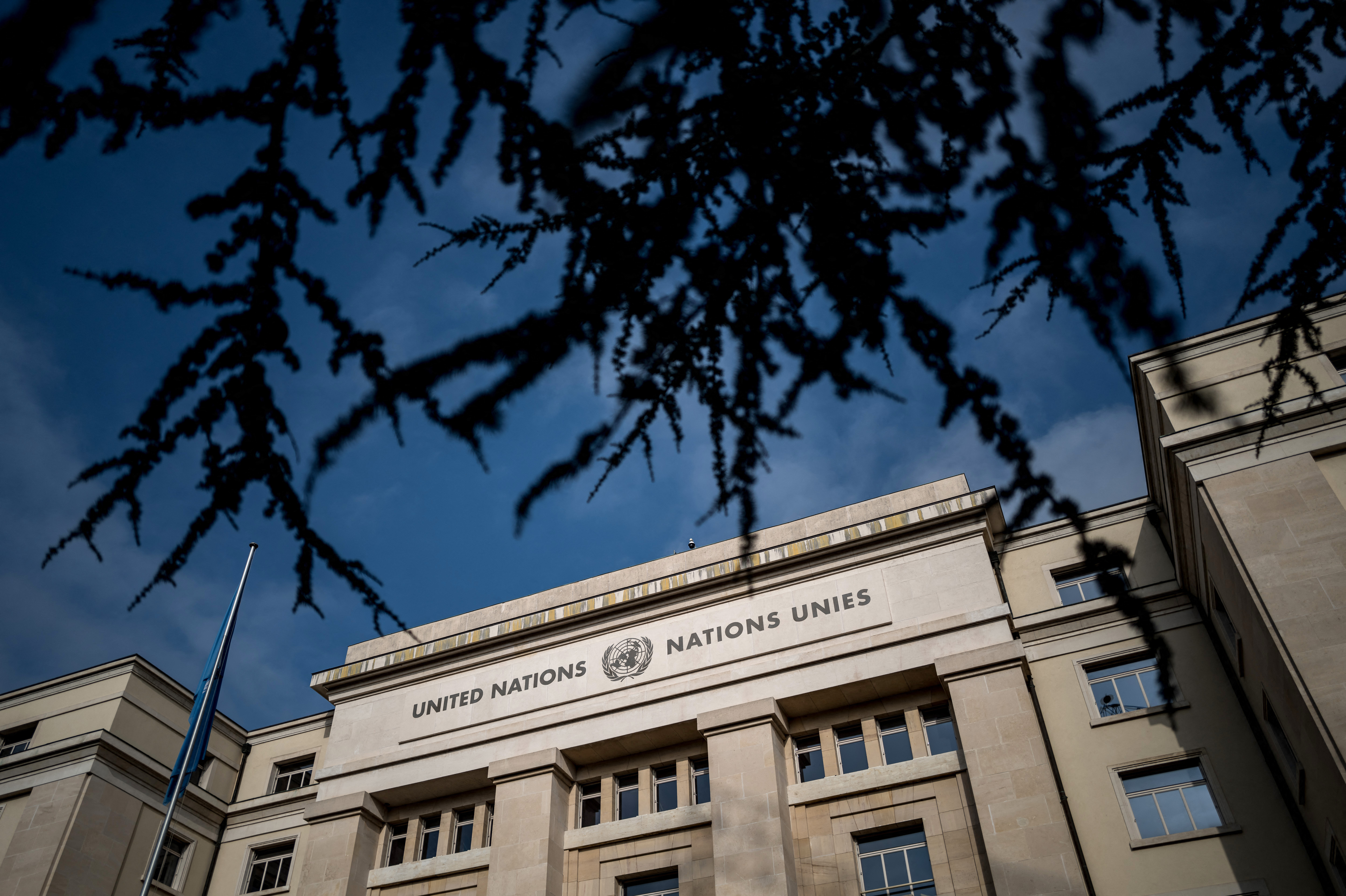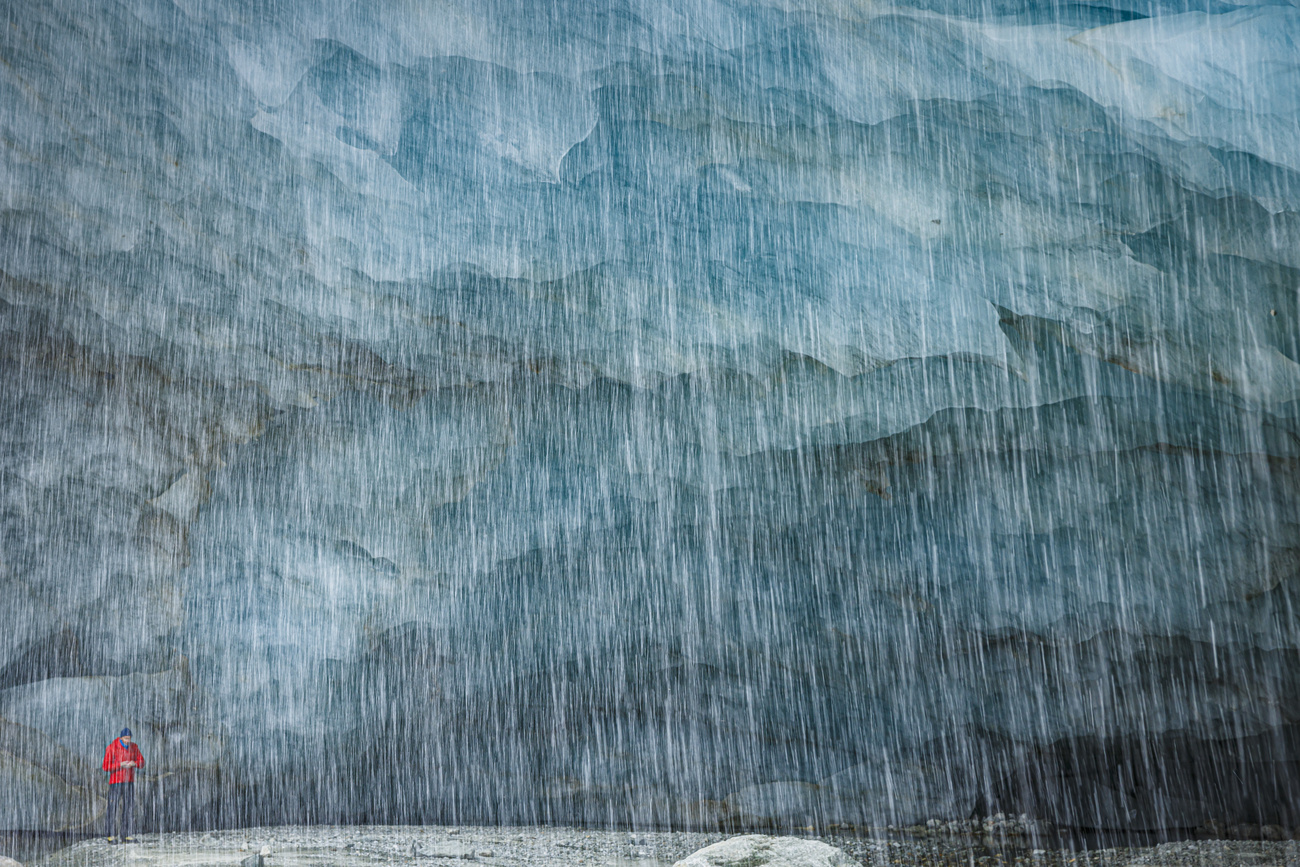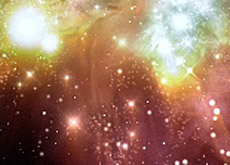Geneva celebrates 50 years of scientific discovery

International dignitaries and scientists have gathered in Geneva to mark the golden jubilee of Cern, the European Organization for Nuclear Research.
At a ceremony on Tuesday, the Swiss president, Joseph Deiss, hailed the anniversary as “an important event for the international scientific community”.
According to Deiss, the centre’s multicultural make-up of scientists and staff from 80 countries, along with its highly ambitious quest – to unravel the secrets of the origin of the universe – make it a lab like no other.
“The establishment of Cern was one of the first milestones on the path to creating a united Europe,” Deiss told those attending the ceremony.
“Furthermore, Cern has become a laboratory of peace… a place where people from all nations, religions and cultures meet,” he added.
European effort
Deiss was joined by the French president, Jacques Chirac, and the King of Spain, Juan Carlos I, in commemorating Cern’s achievements.
“A genuinely international science city has been created in this land of peace and exchange that lies between France and Switzerland,” said Chirac.
“Science is at the heart of humanity’s questions and aspirations,” he added.
“It is a source of progress and freedom… a driving force in modern societies, and it should be a key priority for political discussion and action in Europe.”
Chirac’s comments were echoed by Juan Carlos, who congratulated Cern for putting Europe at the “forefront of scientific and technological development”.
“Cern is the most decisive effort undertaken by Europe to place it in the first line of investigation into particle physics… one of the most important fields for science,” said Juan Carlos.
Scientific adventure
Tuesday’s ceremony also marked the inauguration of the Globe of Science and Innovation – Switzerland’s 50th-anniversary gift to Cern – which will serve as a new networking and visitor centre.
Established in 1954 by 12 founding countries, including Switzerland, Cern was one of Europe’s first joint ventures.
Today, it boasts 20 member states and provides a unique environment where Israeli and Arab scientists, along with Indian and Pakistani physicists, can be found working side by side in a common effort to solve the riddles of nature.
The centre has its headquarters in Geneva but its sprawling underground laboratory – the world’s largest – actually extends into neighbouring France.
According to Charles Kleiber, Switzerland’s state secretary for science and research, this cross-border collaboration has fostered a spirit of “science without borders” in Europe and around the world.
“It is interesting to note that while Cern is Swiss, it is also French and European,” said Kleiber. “It is a link for all European nations and demonstrates that the scientific adventure is a common one and concerns all nations.”
Several other countries, including India, Israel, Japan, Russia, Turkey and the United States, have been granted observer status within the organisation.
Innovation
Over the years, work conducted at Cern has resulted in three Nobel prizes, as well as significant advances in technology and engineering.
It was here that the World Wide Web was invented back in the early 1990s to help particle physicists communicate with each other.
Today, “www” forms part of the everyday lexicon of tens of millions of computer users around the world.
Cern has also been instrumental in developing particle accelerators, which produce high-energy beams of particles using electromagnetic fields, as tools for industry, medicine and research.
The facility is currently focused on the completion of the Large Hadron Collider (LHC) – a machine so powerful that it is expected to allow scientists to extend human understanding of the four basic forces of nature.
“The LHC is vital for the future of fundamental physics,” said Robert Aymar, Cern’s director general.
“The very first instants of the universe are still shrouded in mystery… and the LHC will address these and many other unanswered questions,” he added.
“This shared adventure must continue.”
swissinfo, Anna Nelson at Cern in Geneva
Cern is the biggest particle physics lab in the world.
Worldwide, there are roughly 7,000 scientists from more than 80 countries working on Cern projects.
Cantonal authorities say Cern has attracted several telecommunications and technology companies to the Geneva region.
Cern is a laboratory for the study of the building blocks of matter and the forces that hold them together.
Its convention was signed on September 29, 1954, by 12 founding member states.
The facility was designed to bring nations together and promote peace through science.
Today, Cern boasts 20 member states and employs around half of the world’s particle physicists.

In compliance with the JTI standards
More: SWI swissinfo.ch certified by the Journalism Trust Initiative











You can find an overview of ongoing debates with our journalists here . Please join us!
If you want to start a conversation about a topic raised in this article or want to report factual errors, email us at english@swissinfo.ch.